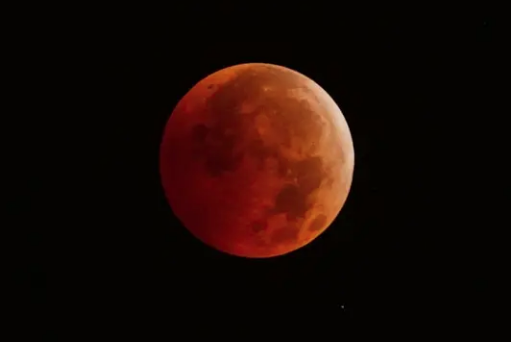
The longest Lunar Eclipse of the century is coming soon, so don't miss it because it may not return for another hundred years.
OK - Listen up, stargazers and night owls. it’s time to prepare for an exciting week as the longest lunar eclipse of the century, and this year’s Leonids meteor shower.
A lunar eclipse occurs when the Moon moves into the Earth's shadow. This can occur only when the Sun, Earth, and Moon are exactly or very closely aligned (in syzygy) with Earth between the other two, and only on the night of a full moon. The type and length of a lunar eclipse depend on the Moon's proximity to either node of its orbit.
The Leonid meteor shower is annually active in the month of November and it usually peaks around November 17 or 18. The shower is called Leonids because its radiant, or the point in the sky where the meteors seem to emerge from, lies in the constellation Leo. The Leonids occur when the Earth passes through the debris left by Comet Tempel-Tuttle.
This Thursday-Friday, November 18-19 all you have to do is look up to see a Blood Moon lunar eclipse, as the full moon slips into the Earth’s shadow over the course of 3 hours and 28 minutes.
The real fun starts closer to 2:20 a.m. when the umbra, or visible shadow, starts inching across the illuminated lunar disk. When that happens, the moon will likely take on a dramatic, red tone. The umbra will persist for more than 3 hours.
